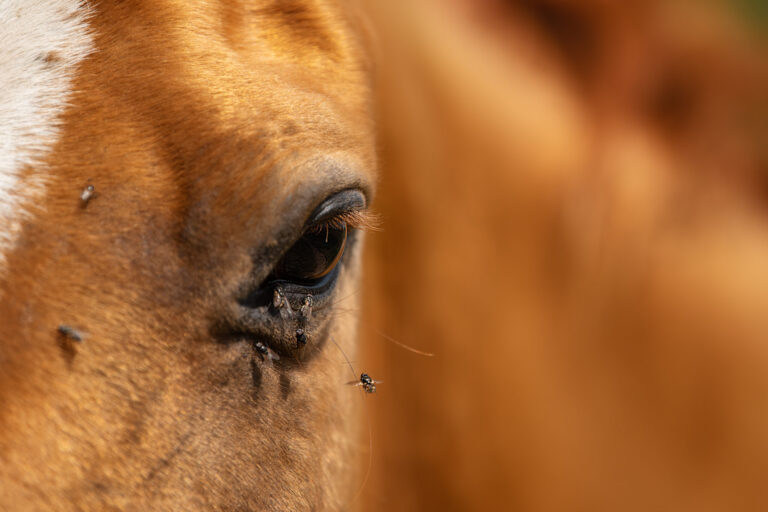
The mineral status of horses can point to nutritional deficiencies or underlying ailments. As hair forms in a hair follicle, minerals concentrate within the hair. Most body hair sheds constantly and is subject to seasonal changes whereas mane and tail hair tend to grow continuously without being shed or affected by seasonal changes. Easy to obtain, mane hair is fairly non-invasive to collect. Another monitor of mineral content is whole blood, which is thought to give a long-term glimpse because of the lengthy time (140 days) for red blood cell turnover.
A study sought to compare the accuracy of using mane hair or blood as the best indicator of mineral content and also to evaluate if trace elements vary with horse age [Brummer-Holder, M.; Cassill, B.D.; Hayes, S.H. Interrelationships Between Age and Trace Element Concentration in Horse Mane Hair and Whole Blood. Journal of Equine Veterinary Science 2020, vol 87; doi.org/10.1016/j.jevs.2020.102922].
The study evaluated 59 light breed horses ages 2 months to 26 years that were living and pastured on the same farm for at least a year prior to the study or were born from mares living on the farm for that duration. Mane hairs were sampled from the poll behind the ears by cutting the hair as close to the skin as possible for analysis of hair growth within the past 30 days. For accurate analysis, hair had to be washed. Within two days of harvesting mane hair, blood was obtained. Feed and pasture were sampled by the third day.
All minerals in feed sources were within acceptable levels and were detected in hair and blood with the exception of lead, which is better detected in hair.
Hair concentrates minerals at higher levels than blood, with some minerals below detection in blood but identifiable in hair.
Further, the study found that there is not a strong relationship between age and hair mineral content. Black mane hair showed greater variability, but in general, mane hair color did not affect trace element concentrations.
The authors propose that hair might be more useful for detecting minerals present in the diet in excessive amounts or heavy metals that are difficult to detect in blood. Hair sampling is also being used by racing commissions to monitor for drug abuse of performance-enhancing pharmaceuticals against sport regulations.







